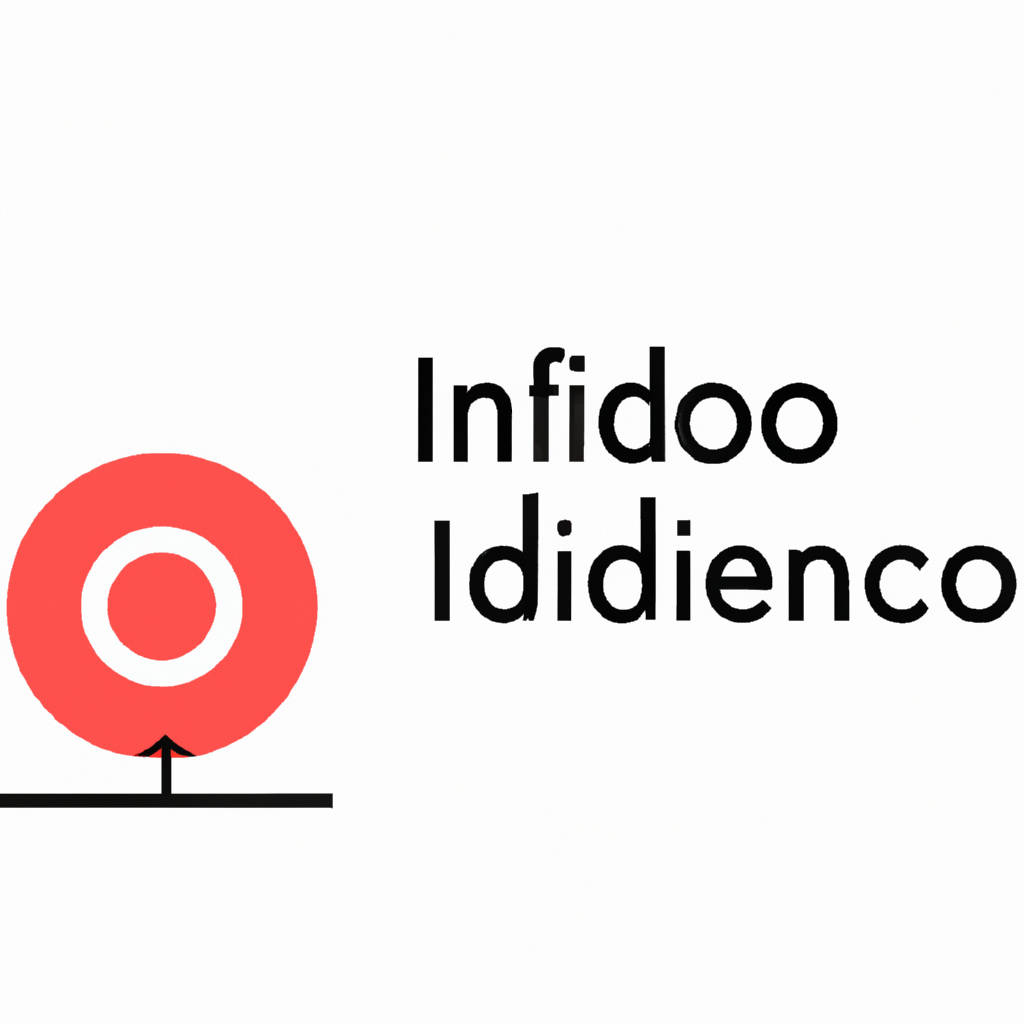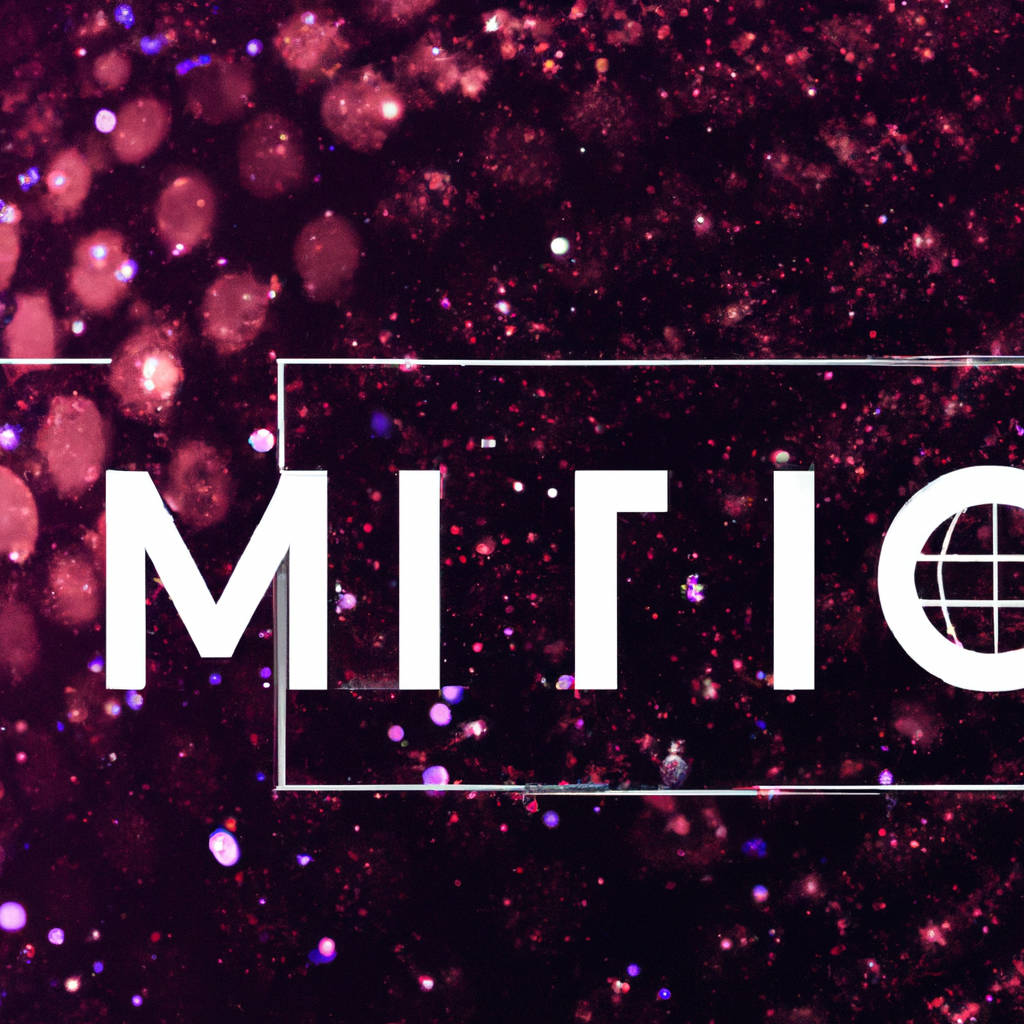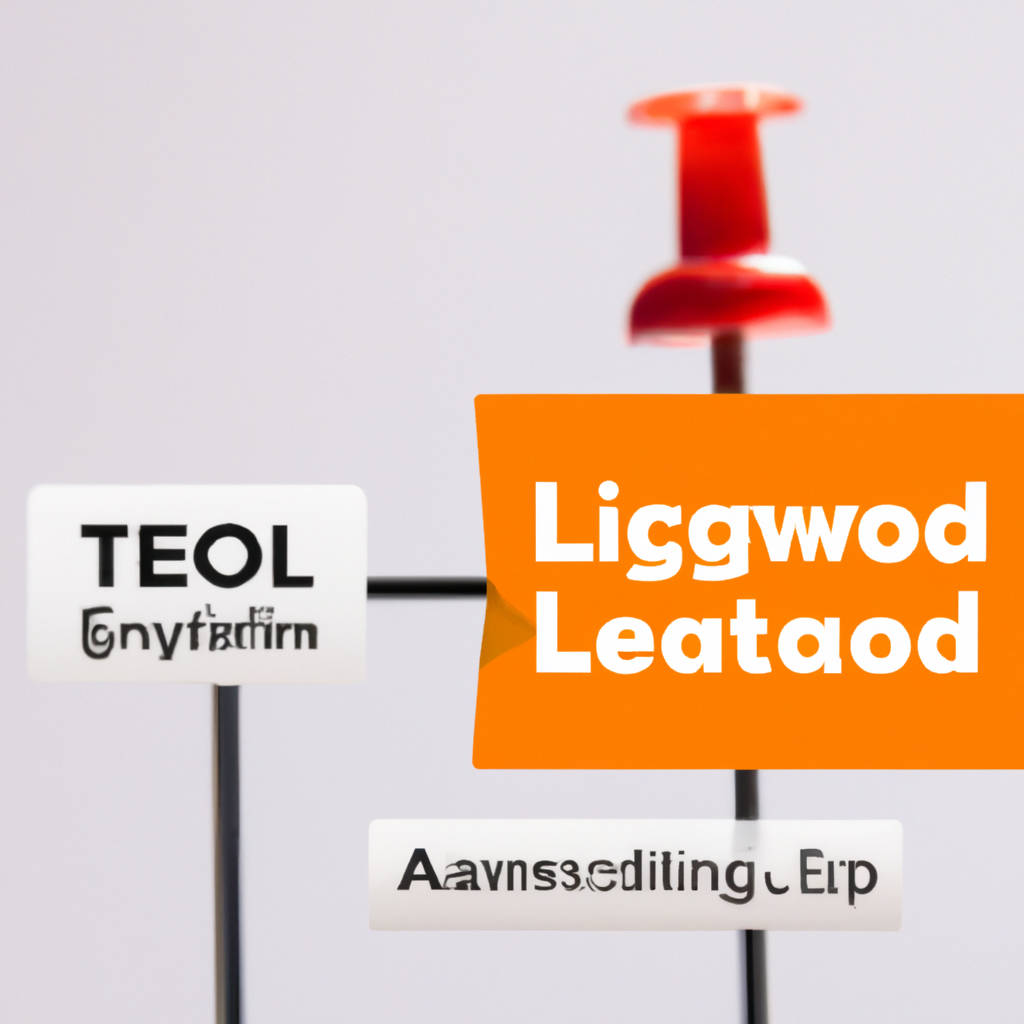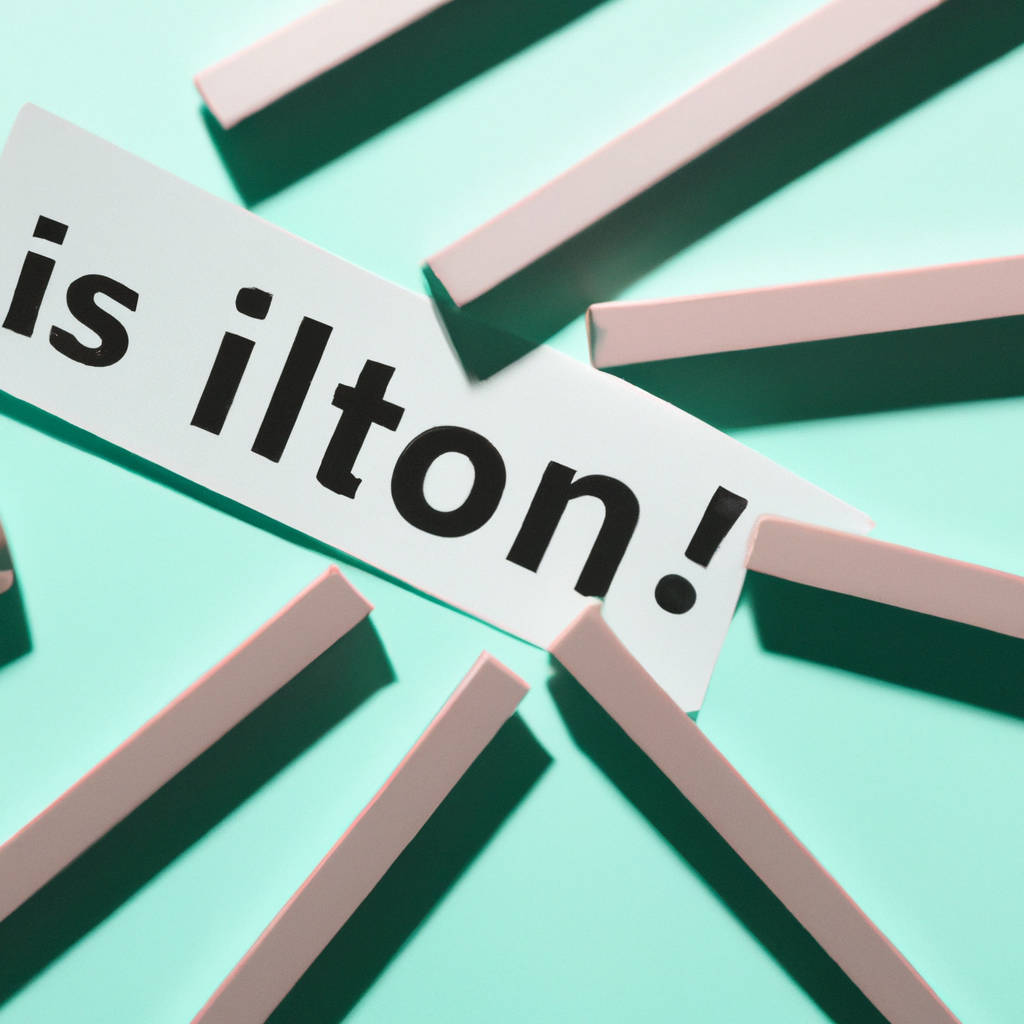Decoding the .io domain extension is essential in understanding its significance in online presence. Originally a top-level domain (TLD) representing the British Indian Ocean Territory, .io has since been universally adopted by technology and startup companies as an innovative and trendy domain extension. It is an attractive option due to its brevity and memorable nature, allowing companies to create succinct, effective brand identities online.
Its popularity also stems from the fact that ‘IO’ is an acronym for input/output, a fundamental concept in computing and technology. Therefore, .io domain names are particularly relevant for tech-based businesses, enhancing their online identity and visibility. The appeal of .io extends beyond its relevancy, as its relatively underused status compared to .com or .net allows more opportunities to secure specific, unique domain names.
However, the debate surrounding the ethical implications of its use, given the contentious history and ongoing disputes surrounding the British Indian Ocean Territory, has led some companies to reconsider their domain choices. Despite this, the .io extension continues to hold a significant place in tech industry branding and online presence.

Unraveling TLDs: What Role Do They Play?
Top-level domains (TLDs) play a crucial role in the infrastructure of the internet, acting as an essential component in identifying the nature and geography of a website. They are the last segment of a domain name, located after the final dot, such as .com, .org, .edu, etc. This seemingly insignificant part of a URL has a significant impact on how we navigate the digital world.
TLDs have different categories: generic TLDs (gTLDs) like .com, .net, .org and country code TLDs (ccTLDs) such as .uk, .us, .fr. The gTLDs are generally used by businesses and organizations worldwide, while ccTLDs are employed to indicate a specific country or region. Furthermore, there are sponsored TLDs (sTLDs) for specific communities, like .edu for educational institutions or .gov for government entities.
The role of TLDs extends beyond just categorization. They are critical for Search Engine Optimization (SEO). The choice of a TLD can impact a website’s visibility and search rankings. For instance, utilizing a ccTLD can boost a website’s performance in geographical-specific searches.
However, TLDs also have potential downsides. The openness of gTLD registration can lead to cybersquatting, where entities register domain names related to a trademark with the intention of profiting from it. Additionally, certain TLDs have been associated with spam or malicious activity, which can lead to a negative perception and lower user trust in websites with those TLDs.
Overall, TLDs are an integral part of the digital landscape. They aid in website identification, influence SEO, and can affect user perception and trust. Understanding the role and implications of different TLDs can offer insights into digital navigation, online marketing strategies, and internet security.
.io Unveiled: Significance and Impact
The unveiling of the .io domain represents a significant shift in the digital landscape, marking a new era in the world of online gaming and technology. Initially, the .io domain extension was designated for the British Indian Ocean Territory, but over time, it has been widely adopted by start-ups, especially in the tech industry. This is primarily due to its catchy, memorable, and innovative connotations associated with the term ‘input/output’ in computer technology.
The .io domain has created a fresh, dynamic space where emergent businesses can establish a unique online identity, fostering an environment that encourages growth and innovation. Since its debut, it has made a substantial impact, transforming the way businesses operate online. Notably, it has become a prominent feature among popular web-based games, contributing significantly to their global reach and success. Furthermore, it has expanded beyond the realm of gaming, seeping into other sectors such as software development, artificial intelligence, and more. This trend signifies the adaptability and versatility of the .io domain, highlighting its potential to foster creativity and revolutionize digital interactions.
The rise of the .io domain also reflects the evolving nature of the internet and the continuous search for new, exciting ways to engage with online audiences. Despite its relatively recent introduction, the .io domain has already demonstrated immense potential to influence the future trajectory of digital experiences. Its global adoption underscores the power of innovative digital tools in shaping businesses, contributing to their success in an increasingly competitive online landscape. The .io domain’s significance lies in its capacity to redefine online identities, proving that the choice of domain extension can be a strategic element in a business’s digital strategy. Its impact is felt in various sectors, underscoring its transformative potential and continuing relevance in the ever-evolving digital world.

Crafting the Ideal Domain: TLD Selection
Creating the perfect domain is an integral part of establishing your online presence. The top-level domain (TLD) selection plays a significant role in this process. The TLD is the last segment of the domain name, the part that follows right after the “dot” symbol. Examples include .com, .org, .net, and more. These few letters can significantly influence the perception of your site by potential visitors and search engines. Therefore, careful consideration and strategic selection of your TLD are essential.
The most popular TLD is .com, which is widely recognized and easily remembered by internet users. However, it may not always be available or suitable depending on the nature of your website. Other common options like .org are often associated with non-profit organizations, while .net is typically linked with technology or network-related businesses.
Recently, a wider range of TLDs has emerged, allowing more specific tailoring to your website’s purpose. For instance, .edu denotes educational institutions, .gov for government agencies, and .biz for businesses. These domain extensions can instantly inform users about the type of content or services they can anticipate from your website.
Moreover, country-specific TLDs like .uk, .ca, .au, etc., can be advantageous for businesses operating in specific regions, as they can boost local search engine optimization.
Regardless of the TLD you select, ensure it aligns with your brand, is easy to remember, and is representative of the content or services you offer. Also, consider how search engines perceive different TLDs. For instance, .edu, .gov, and country-specific TLDs may enjoy higher trust and authority in search engine algorithms.
In conclusion, TLD selection is a critical aspect of crafting the ideal domain. Your choice can influence your website’s visibility, credibility, and overall online success. Therefore, it’s crucial to consider your options carefully and make a well-informed decision.
Leveraging TLDs: Essential Business Element
Top level domains (TLDs) are pivotal in the digital strategy of any modern business, acting as a key element in establishing an online presence and boosting brand identity. They function as the digital address of a company on the internet, providing an immediate sense of what the user can expect on the website. The use of specific TLDs can significantly enhance the visibility of a brand or business in the digital environment, aiding in the process of search engine optimization (SEO).
Utilizing TLDs related to a specific industry or locale can also help a business target its preferred customer base more effectively. For instance, a fashion brand can opt for a ‘.fashion’ TLD while a Berlin-based business might use ‘.berlin’. This can improve customer recall and increase the chances of a user clicking through to the website. Moreover, TLDs can offer a layer of credibility and professionalism to a business, an important factor in building customer trust. In the competitive digital landscape, the strategic use of TLDs can differentiate a business from its competitors, leading to potential gains in market share.
Therefore, leveraging TLDs goes beyond simple domain name selection, acting as a critical tool in the overall digital marketing and branding strategy of a business. Despite the numerous advantages, businesses should also be aware of potential issues such as TLD saturation and the risk of cyber-squatting. However, with careful planning, the right TLD can significantly enhance a business’s digital footprint, making it an essential business element.

Transitioning: From .com to .io and Beyond
The shift from traditional .com to the more tech-specific .io domain names and beyond signifies a significant transition in the digital world. This evolution is not merely a change in nomenclature but reflects a broader shift in business strategies, branding, and the increasingly global nature of the digital economy. The .io domain, originally assigned to the British Indian Ocean Territory, has been adopted by many tech and startup companies due to its resemblance to I/O (input/output), a fundamental concept in computing. It has become a popular choice for businesses wanting to express a commitment to innovation and the latest technologies.
However, the transition is not without its challenges. The main hurdle is the potential confusion and misdirection of traffic as customers adjust to the change. Businesses must ensure a seamless shift by using effective communication strategies, redirecting their web traffic, and updating any online references to their site.
Beyond .io, there are many other domain extensions like .ai, .tech, .app that are symbolic of the company’s niche and vision. These specialized domain names have become a strategic tool for businesses to set themselves apart and signal their expertise in a particular field. Moreover, they provide an opportunity for companies to acquire a domain name that might not be available under the crowded .com space.
Looking forward, the trend of moving to non-traditional domain names is likely to continue as businesses seek to differentiate themselves in an increasingly saturated online world. As we transition from .com to .io and beyond, it’s essential to remember that while a domain name can be a significant part of a company’s online identity, it’s the content, user experience, and services that truly define a brand’s digital success. The domain name transition, therefore, should be viewed as a part of a comprehensive digital strategy rather than a standalone decision.
The Allure of .io: Why Opt for this Extension?
The .io domain extension, originally assigned to the British Indian Ocean Territory, has recently gained increasing popularity as a top-level domain for technology startups, owing to its catchy and innovative connotation. This recent surge can be attributed to the term ‘IO’, a term that is widely recognized in the tech industry as an acronym for input/output – a fundamental concept in computing. It is also a versatile and simple domain, often associated with the tech industry due to its relevance to computer science.
Choosing .io as a domain extension can make your brand appear more tech-savvy and progressive. Furthermore, the market for .com domains has become overly saturated, leading many new startups to opt for more unique extensions such as .io. This domain extension is also preferred by many because of its availability. Unlike the crowded .com domain marketplace, .io offers an abundance of available domain names, providing startups with the opportunity to choose a name that truly represents their brand without having to compromise.
From a marketing perspective, a .io domain also stands out from the crowd, offering a definite competitive edge. It exudes a sense of modernity and innovation, which is crucial in the rapidly evolving tech industry. Therefore, the allure of .io is not just in its novelty, but also in its practicality and the strategic advantages it offers to businesses operating in the digital space.

